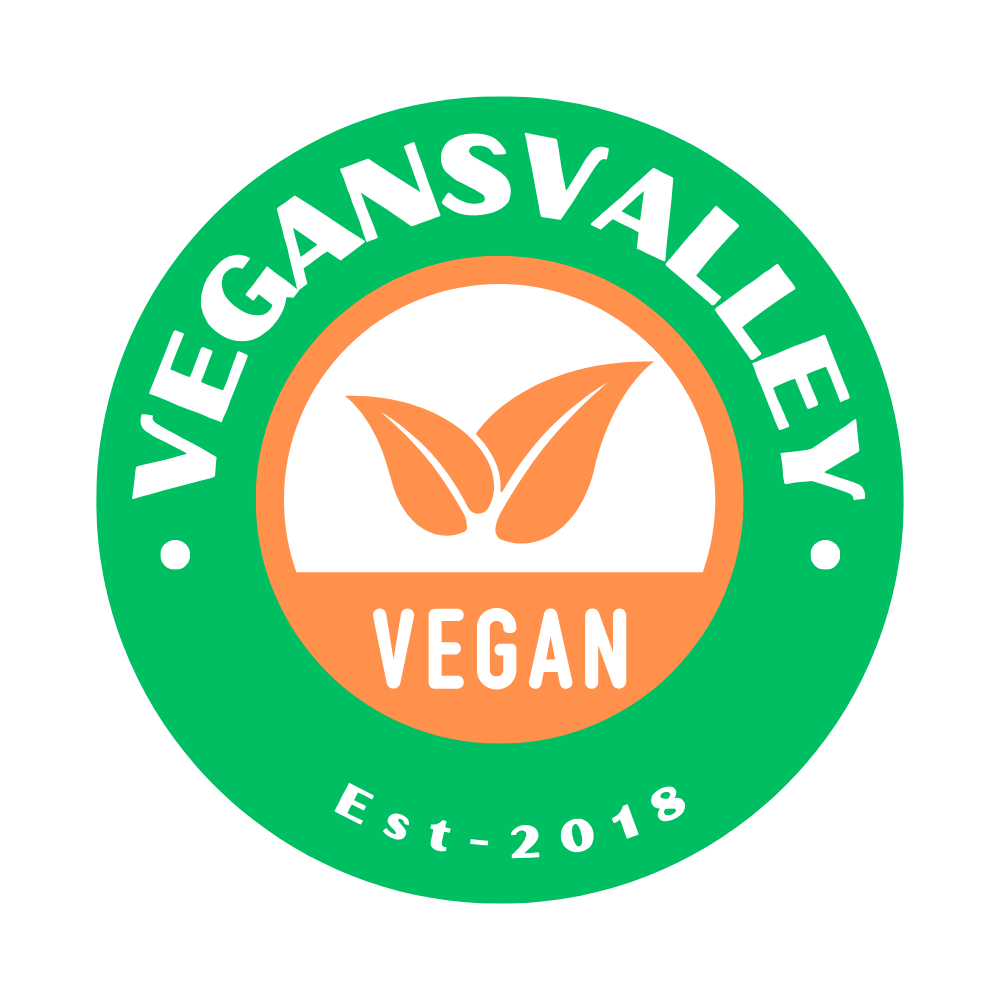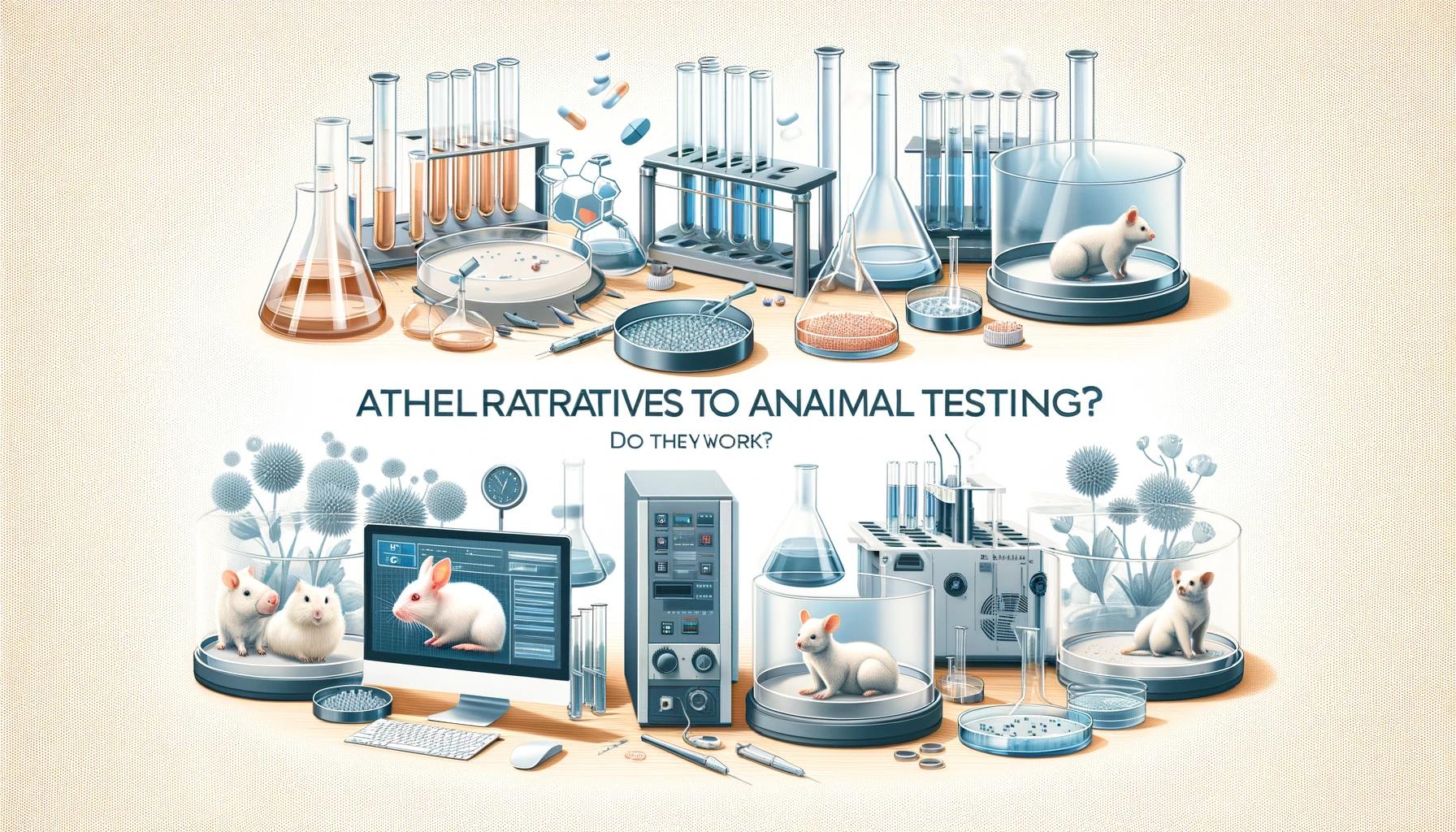What Are the Alternatives to Animal Testing? Do They Work?
Alternatives to animal testing are increasingly sought after due to the ethical dilemmas and environmental concerns surrounding traditional methods. Many individuals, like yourself, are actively seeking solutions that balance effectiveness with compassion.
In today’s environmentally conscious world, the imperative for sustainable solutions has never been more pressing. Fortunately, there exist promising alternatives to animal testing that not only save countless animal lives but also yield reliable results. Join us as we delve into these alternatives, examining their efficacy and potential to shape a more humane and eco-friendly future in scientific research.

4 Best Alternatives to Animal Testing
In the realm of medicine and cosmetics, the quest for humane and effective research methods has led to the development of alternative testing approaches. They not only align with ethical principles but also yield more pertinent data for advancing medical research and improving human health outcomes. Embracing these innovative approaches marks a significant stride towards a more compassionate and scientifically robust future. Let’s delve into each of the alternatives:
1. Computational Modeling
Computational modeling is like using super smart computers to predict how substances affect our bodies. Imagine having a virtual laboratory right at your fingertips! Scientists use complex algorithms and simulations to study toxicity and effectiveness without needing animals. It’s like peeking into the future of medicine and cosmetics without any harm.
Computational modeling is precise and eco-friendly, making it a favorite among researchers. By harnessing the power of technology, it’s revolutionizing the way we understand the effects of substances on human health, paving the way for safer and more sustainable research practices.
2. In Vitro Testing
In vitro testing is a method that uses cells and tissues grown in labs. It’s like creating a mini biology lab inside a test tube! In vitro testing helps us understand how substances affect the body without using animals. It’s super precise and lets us study things like the safety of cosmetics and medicines. This approach is a game-changer in medical research, and it gives reliable results.
3. Organ-on-a-Chip Technology
Organ-on-a-Chip Technology sounds like something out of a sci-fi movie, but it is very real and amazing! It involves creating tiny replicas of human organs on microchips. Yes, you heard it right – organs on chips!
These chips mimic the functions of human organs and allow researchers to study how substances interact with our bodies without using animals. It’s like having a miniature laboratory inside a chip. This technology provides incredibly accurate insights into drug responses and disease mechanisms. Organ-on-a-chip technology is transforming the way we understand human biology and revolutionizing the development of new medicines and treatments.
4. Human Volunteers and Epidemiological Studies
Human volunteers and epidemiological studies is a straightforward yet powerful way to gather information. Instead of relying on animals, researchers involve real people in studies and trials. It’s like bringing science directly to the community! By observing how drugs and treatments affect humans in real-life settings, scientists get valuable insights into their safety and effectiveness.
Human volunteers play a crucial role in advancing medical knowledge and improving healthcare outcomes for everyone. Through epidemiological studies, researchers uncover patterns and trends in human health, guiding policies and interventions to promote well-being. Human-based research is not just ethical; it’s essential for meaningful progress in medicine and public health.
Are the Alternatives to Animal Testing Cruelty-Free?
In general, yes! These alternative methods aim to eliminate the need for animal experimentation altogether. They prioritize ethical considerations and strive to minimize harm to living beings.
By embracing these alternatives, researchers uphold the principles of compassion and respect for all living creatures while advancing scientific knowledge and innovation. It’s a win-win situation for both animals and humans.
Alternatives to Animal Testing Science Ethics and The Law
When it comes to alternatives to animal testing, science, ethics, and the law go hand in hand. Many countries and organizations recognize the importance of ethical research practices and have implemented laws and regulations to promote the use of alternative methods. These regulations ensure that research is conducted in a manner that respects both human and animal welfare.
Additionally, ethical considerations play a crucial role in the development and adoption of alternative testing methods. By adhering to scientific ethics and legal frameworks, researchers uphold the principles of compassion and integrity while advancing scientific knowledge in a responsible and humane manner.
What Are the Disadvantages of the Alternatives to Animal Testing?
While alternatives to animal testing offer numerous benefits, they also have some disadvantages. One drawback is that alternative methods may not always perfectly replicate the complex interactions found within living organisms. Additionally, some alternative techniques require sophisticated equipment and expertise, which can be costly and inaccessible to all researchers.
Another challenge is the need for validation and acceptance of these methods by regulatory agencies and scientific communities. Despite these drawbacks, ongoing research and advancements continue to address these limitations, making alternative testing methods increasingly reliable, accessible, and widely accepted in scientific research and regulatory frameworks.
FAQs on Alternatives to Animal Testing
What Are the Alternatives to Animal Testing?
The alternatives include a range of methods such as in vitro testing, computational modeling, organ-on-a-chip technology, and human-based studies. These methods aim to replicate biological processes, predict substance effects, and study human responses without using animals.
Do the Alternatives to Animal Testing Work?
Yes, they do! These alternatives have been extensively researched and validated to ensure their accuracy and reliability in predicting human responses to substances. While they may have limitations, such as complexity and accessibility, numerous studies have demonstrated their effectiveness in replacing animal testing. These alternatives offer promising avenues for ethical and scientifically robust research practices, contributing to advancements in medicine, cosmetics, and various fields.
How Long Do the Alternatives to Animal Testing Take?
The time required for alternative testing methods varies depending on the specific technique and the complexity of the study. Some methods, such as in vitro testing and computational modeling, can provide rapid results within hours or days. Yet, more complex studies involving organ-on-a-chip technology or human-based trials may take weeks or even months to complete.
While alternative methods may require additional time compared to traditional animal testing, their efficiency and accuracy contribute to more meaningful and reliable research outcomes, ultimately benefiting both humans and animals alike.
Are the Alternatives to Animal Testing Cheaper than Animal Testing?
The cost of alternative testing methods varies depending on factors such as the complexity of the study and the equipment required. While some alternative methods may initially incur higher costs due to technology and expertise, they often offer long-term savings by reducing the need for animal maintenance, housing, and care.
Additionally, advancements in technology and increased adoption of alternative methods are driving down costs and making these approaches more accessible to researchers worldwide. In the long run, investing in alternative testing methods aligns with ethical principles and promotes cost-effective and sustainable research practices.
Is In Vitro Testing Better Than Animal Testing?
In vitro testing offers several advantages over animal testing. They include greater precision, relevance to human biology, and ethical considerations. Unlike animal testing, in vitro methods utilize human cells and tissues, providing more accurate insights into human responses to substances. Additionally, in vitro testing allows researchers to conduct experiments in controlled laboratory settings, reducing variability and improving reproducibility.
How Can We Stop Animal Testing?
There are several ways to reduce and eventually eliminate animal testing. First, investing in alternative testing methods is crucial. Supporting policies and regulations that prioritize the use of alternative methods and promote ethical research practices is also essential.
Additionally, raising awareness about the benefits of alternative testing and advocating for their widespread adoption can accelerate the shift towards cruelty-free research practices. By collectively embracing innovative approaches and ethical standards, we can work towards ending animal testing.
How Many Animals Have Died From Animal Testing?
It’s challenging to determine the exact number of animals that have perished due to animal testing, as data varies across countries and research institutions. However, millions of animals, including mice, rats, rabbits, and primates, are subjected to experimentation each year. The ethical implications of animal testing, coupled with advancements in alternative methods, highlight the urgent need to minimize animal suffering and promote cruelty-free research practices.
What Companies Use Alternatives to Animal Testing?
Many companies across various industries have recognized the importance of adopting alternative testing methods to replace animal experimentation. Cosmetic brands like Lush, The Body Shop, and Urban Decay are known for their commitment to cruelty-free testing practices. Pharmaceutical companies such as Pfizer, Novartis, and Roche also invest in alternative methods for drug development.
Additionally, regulatory bodies like the European Union have implemented strict guidelines requiring companies to prioritize alternative testing whenever possible. By supporting companies that embrace cruelty-free practices, consumers can drive positive change in the industry and promote the widespread adoption of alternative testing methods.
Conclusion
In summary, alternatives to animal testing are kinder and effective methods for research. Though they have limits, ongoing improvements and rules make them better and easier to use. Many companies and people now choose cruelty-free methods, which is changing the industry for the better. By caring about ethical research and using alternative methods, we create a better future for science and products. Together, we can help animals and humans alike, making a positive impact in research and beyond.

